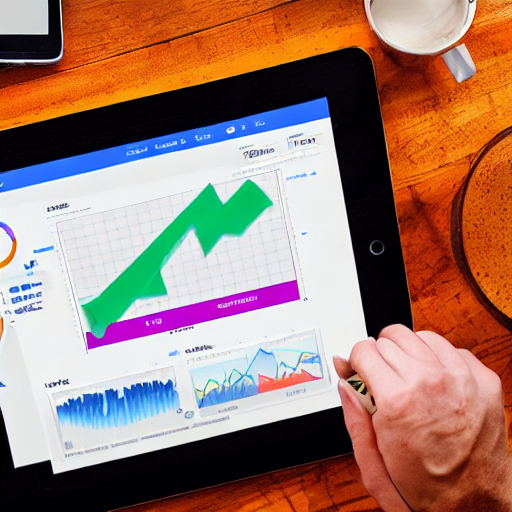

Google Ads, or Pay-Per-Click advertising, has become an indispensable tool for businesses of all sizes. However, simply launching a campaign and throwing money at it is a recipe for disaster. Effective Google Ads management requires a strategic approach, particularly when it comes to budget optimization. This article delves into the world of Google Ads budget optimization, offering invaluable insights and expert advice gleaned from the strategies employed by leading Google Ad Management agencies. We’ll explore how to maximize your return on investment (ROI), target the most receptive audience, and consistently improve your campaign’s overall performance. This comprehensive guide provides the tools and knowledge you need to transform your Google Ads campaigns from costly experiments into efficient, profitable ventures.
Before diving into optimization techniques, it’s crucial to understand the fundamental elements of Google Ads budgeting. Google Ads offers several budgeting options, each suited to different campaign goals and budgets. These options include:
Many leading agencies recommend starting with a daily budget to allow for real-time adjustments. However, as you gain more data and insights, transitioning to a campaign budget can provide more control and potentially improve your overall ROI. It’s rarely a ‘set it and forget it’ situation – continuous monitoring and adjustments are paramount.
Your bidding strategy is arguably the most influential factor in your Google Ads budget. Here’s a breakdown of effective bidding strategies:
Leading agencies often advocate for utilizing automated bidding strategies initially, allowing Google’s machine learning algorithms to identify opportunities and patterns. However, it’s *essential* to closely monitor the performance of these strategies and manually intervene when needed. Don’t blindly trust the algorithm – understanding *why* bids are changing is crucial.
Effective targeting goes hand-in-hand with budget optimization. Spending your budget on reaching the wrong audience is a massive waste. Here’s what to consider:
Many agencies stress the importance of layering targeting options to create highly specific audience segments. For example, combining interest-based targeting with location targeting can be extremely powerful. Continuous testing of different targeting combinations is vital.
Without proper conversion tracking, you’re flying blind. Google Ads tracks conversions (e.g., sales, leads, sign-ups) triggered by your campaigns. This data is the foundation for optimization.
Leading agencies use conversion data to constantly refine their bidding strategies and targeting settings. They’ll identify underperforming keywords, adjust bids accordingly, and test new targeting options – a process of continual learning and improvement.
Once you’ve established a baseline level of performance, you can start to scale your campaigns. This involves increasing your budget and expanding your reach.
Scaling requires a data-driven approach. Use your conversion data to identify areas of high potential and allocate your budget accordingly. Don’t be afraid to pause or reduce investment in underperforming campaigns.
Regular reporting and analysis are essential for effective Google Ads budget optimization. Use Google Ads’ built-in reporting tools to track your campaign performance. Consider integrating Google Analytics to gain deeper insights into user behavior on your website.
Agencies utilize sophisticated analytics platforms to provide clients with in-depth reporting and recommendations. It’s important to understand the key metrics and how they relate to your business goals.
Google Ads budget optimization is an ongoing process that requires careful planning, continuous monitoring, and data-driven decision-making. By implementing the strategies outlined above, you can maximize your return on investment and achieve your marketing goals. Remember that there’s no “one-size-fits-all” approach – you need to tailor your strategy to your specific business needs and objectives.
***
*Disclaimer: This information is for general guidance only and should not be considered professional advice. Consult with a qualified marketing expert for tailored recommendations.*
Tags: Google Ads, Budget Optimization, PPC, ROI, Google Ad Management, Campaign Performance, Keyword Bidding, Targeting, Remarketing, Conversion Tracking, Landing Page Optimization
0 Comments